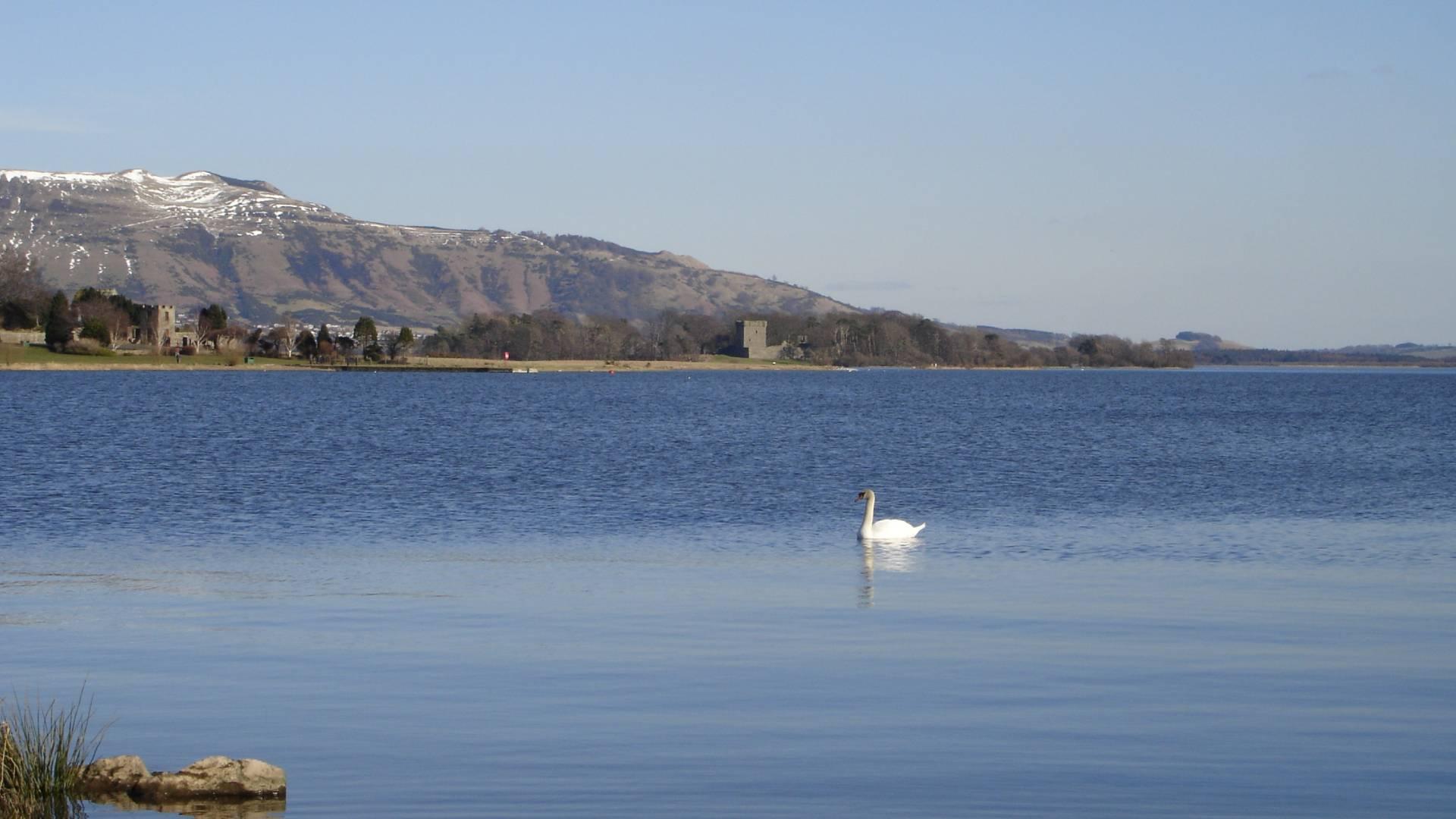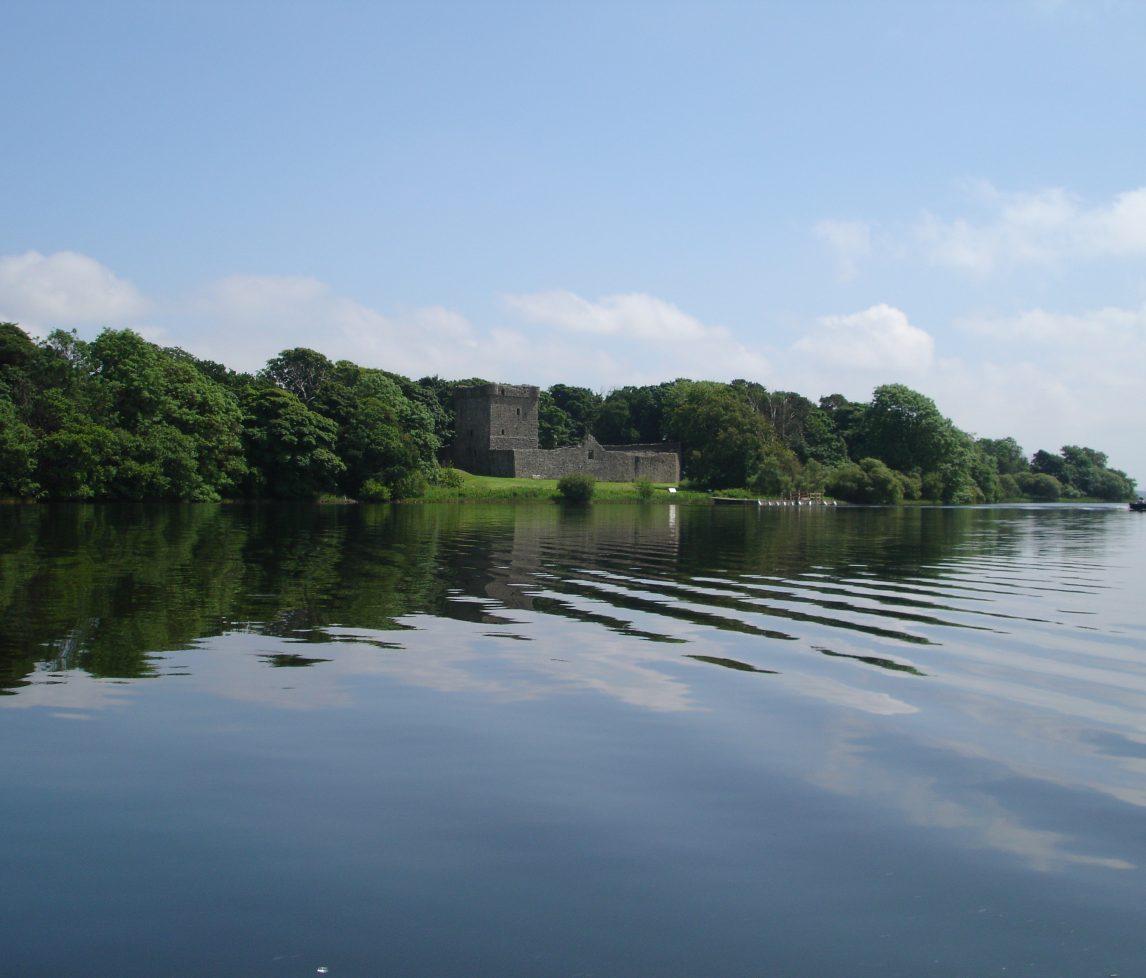Science challenge
Detailed, long-term monitoring of lakes that are subject to multiple environmental, climatic and human pressures is essential to enable us to understand how lake ecosystems respond to change. These results provide the scientific evidence needed to inform decisions on lake restoration activities, especially those aimed at the more sustainable management of these types of systems, worldwide.
Project summary
Loch Leven has been monitored regularly since 1968. Current monitoring involves sampling every two weeks, all year, using standard methodologies. The results of this work have provided a research platform for many shorter term collaborative research projects, such as palaeolimnological assessments, investigations into climate change impacts and studies of macronutrient cycling. When additional sources of data are included, the Loch Leven data set spans more than 150 years and a wide range of variables including hydrology, chemistry, physics, macrophytes, algae, zooplankton, macroinvertebrates, fish and wildfowl.
Loch Leven is a world famous trout fishery. It is a popular recreational lake, but is affected by pollutant inputs such as phosphorus. However, the phosphorus concentration has decreased dramatically since the mid 1990s, when discharges from local sources were reduced. The data collected by UKCEH and NatureScot - including information on biodiversity and supporting environmental variables - are of significant national and international importance. They are used widely by the international research community for studies on lake eutrophication and recovery processes, and impacts of changes in climate, land use and other human pressures. Uniquely, the data collected covers five trophic levels in the loch.

